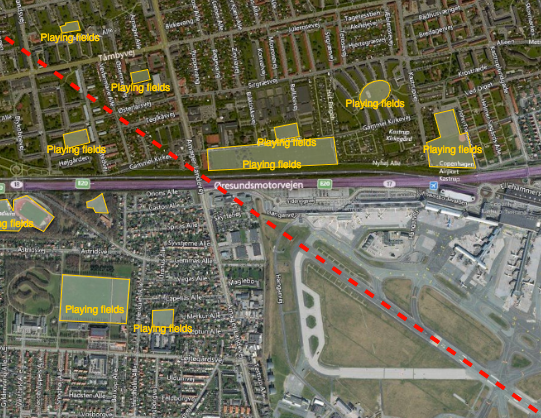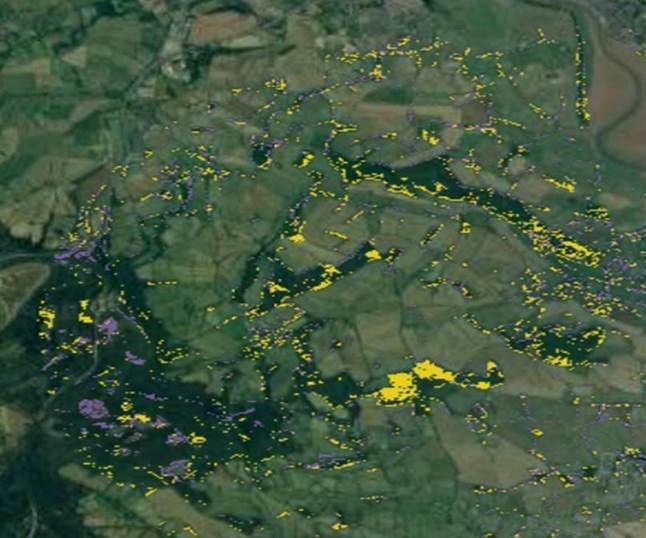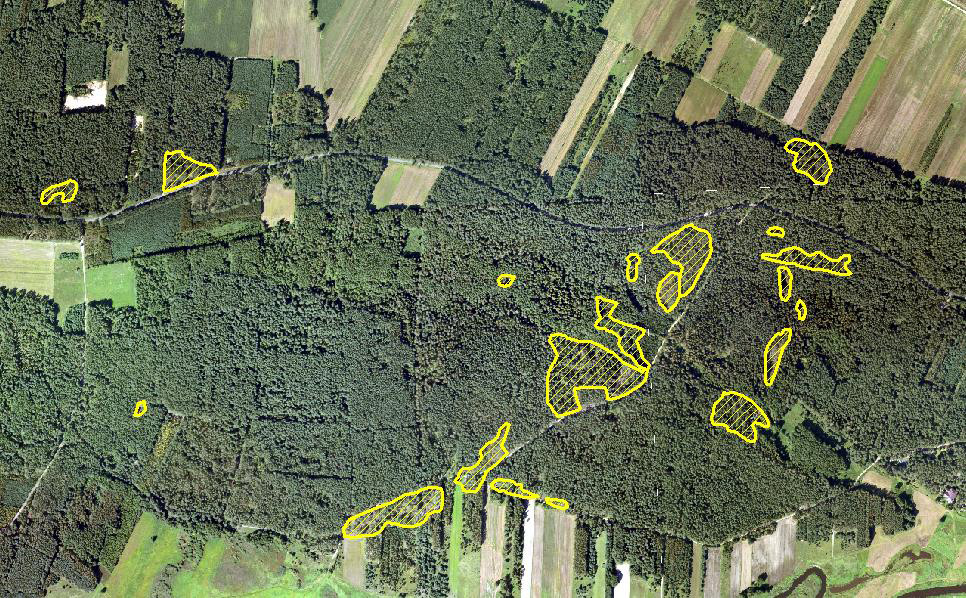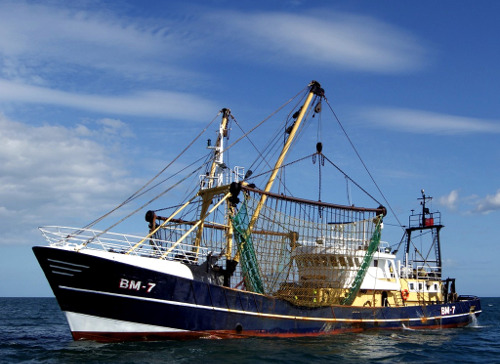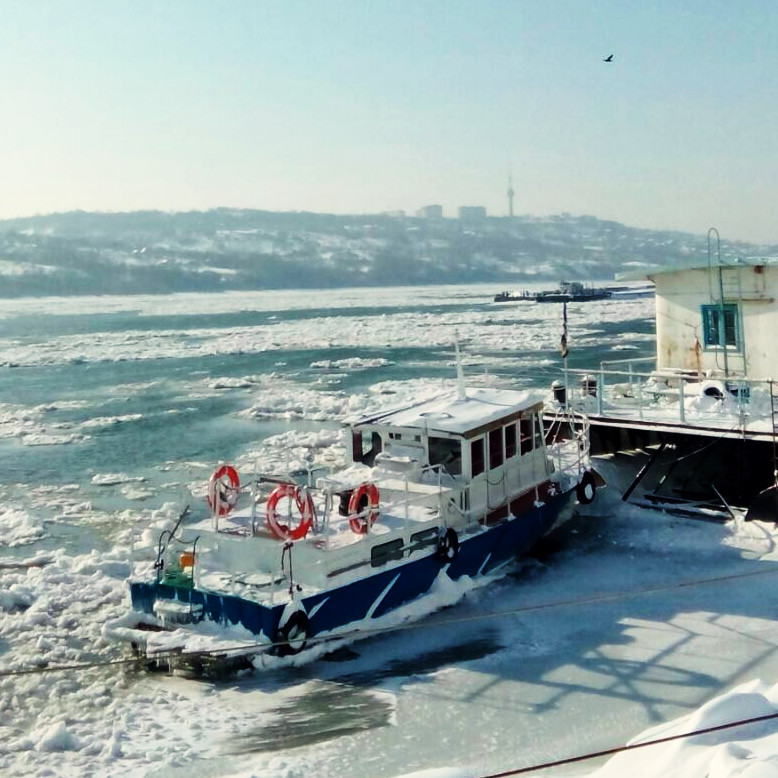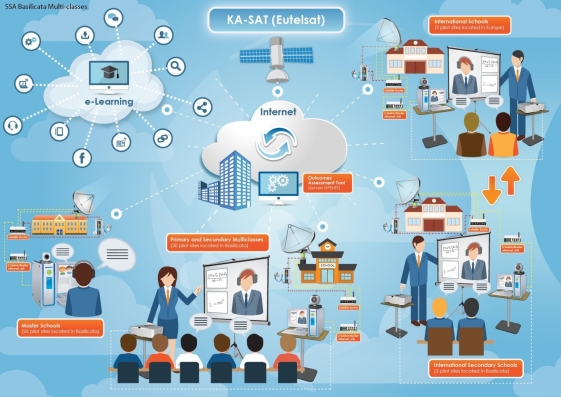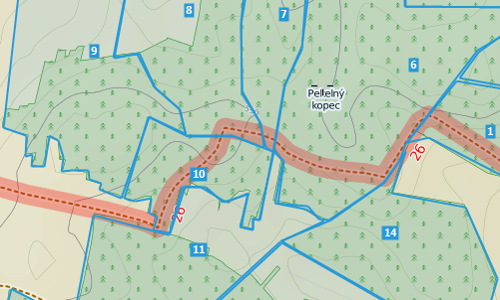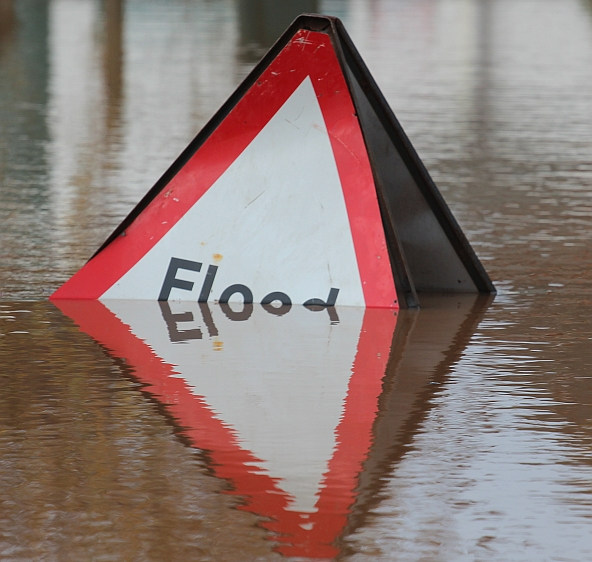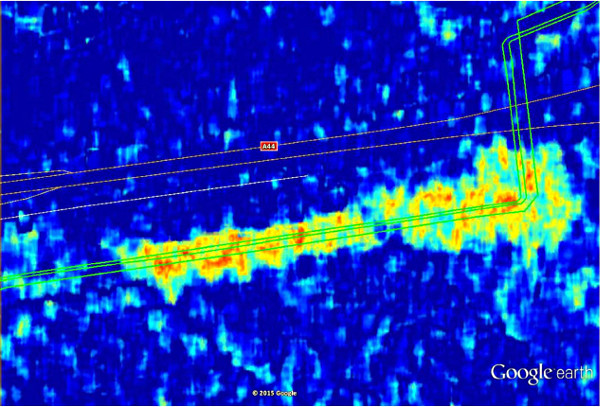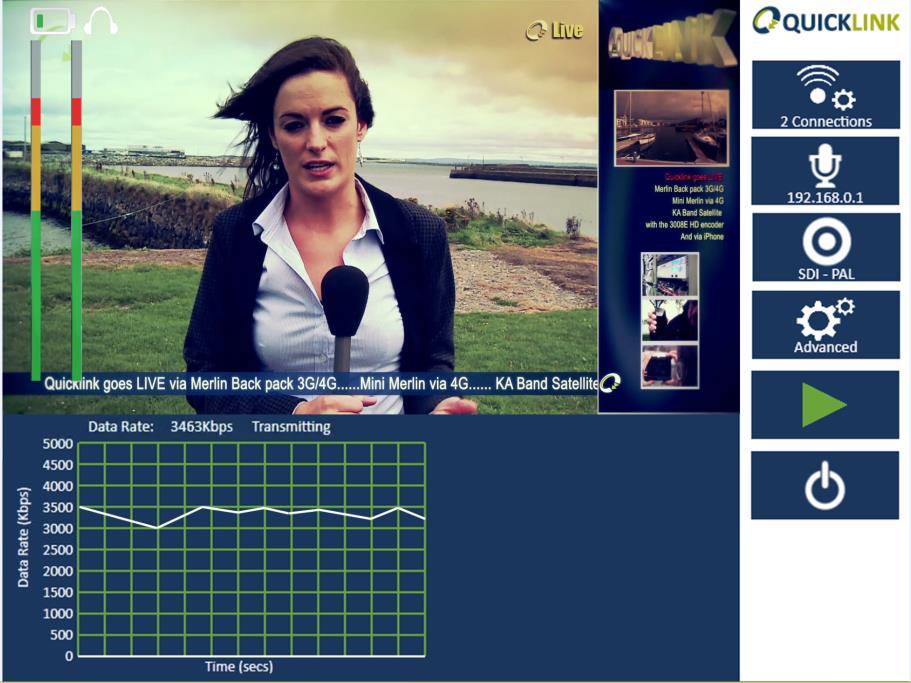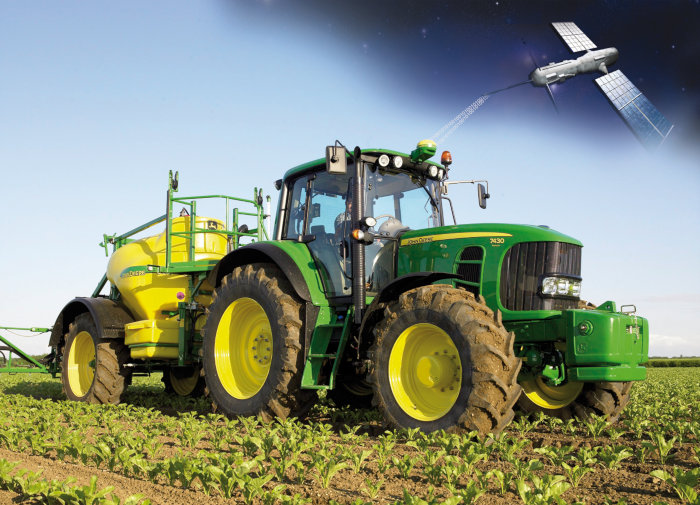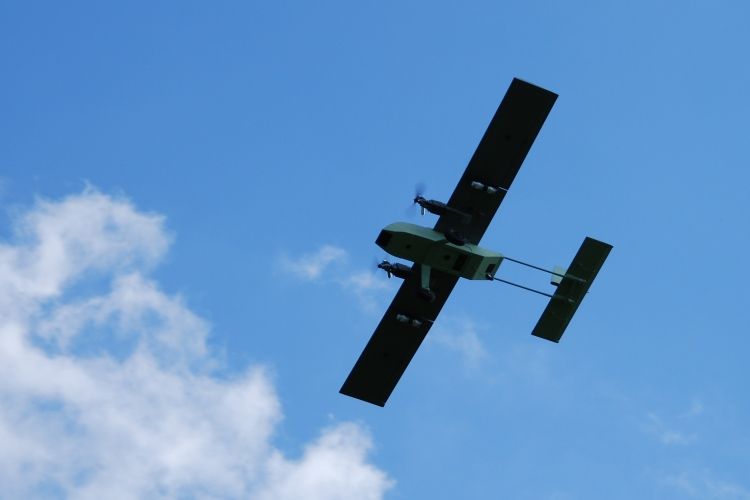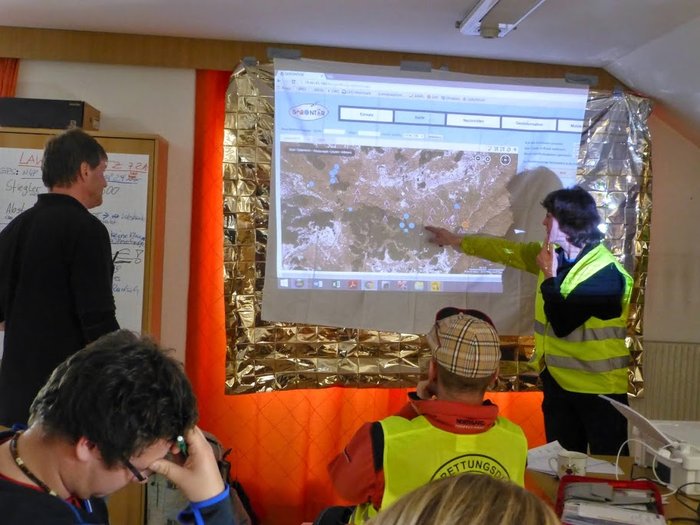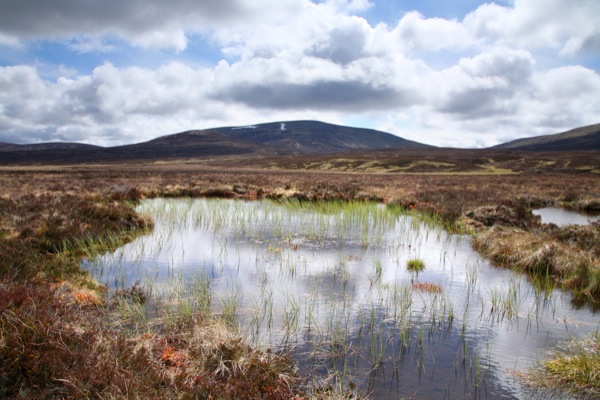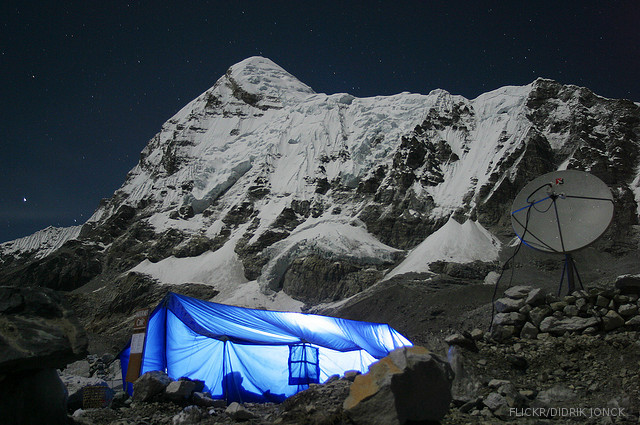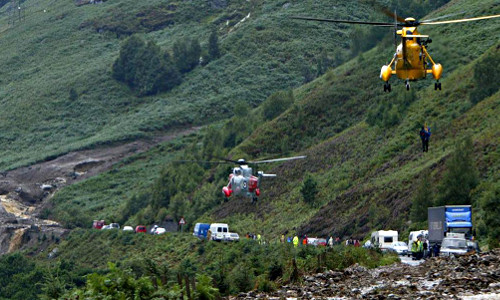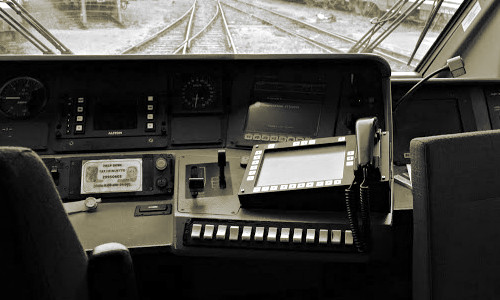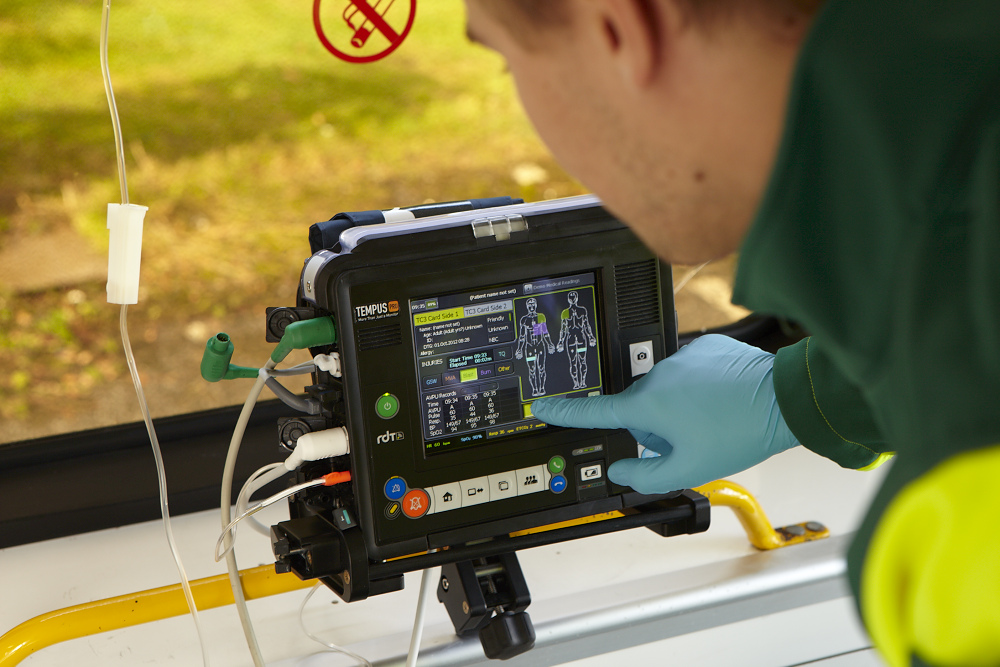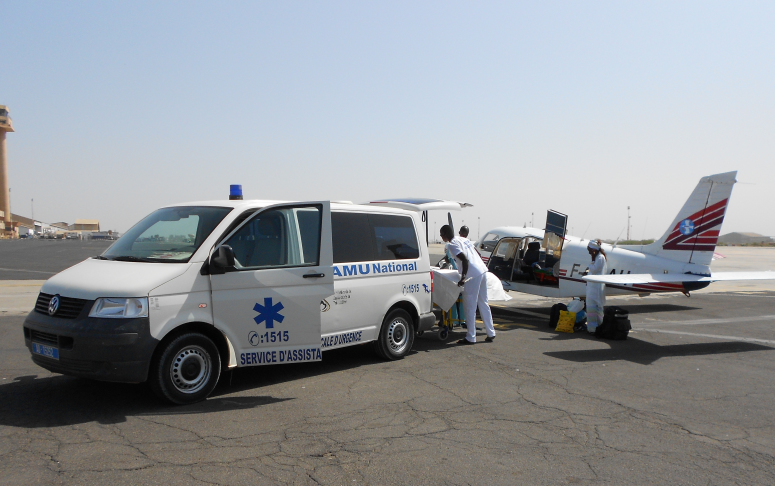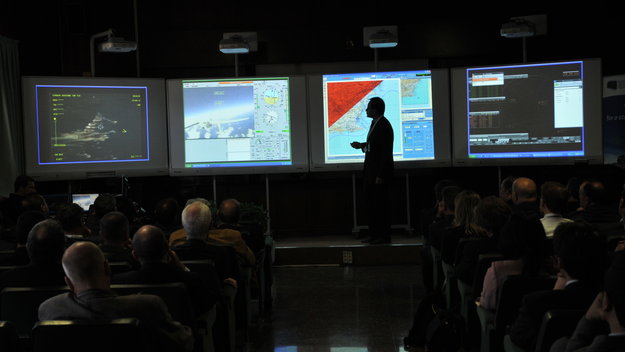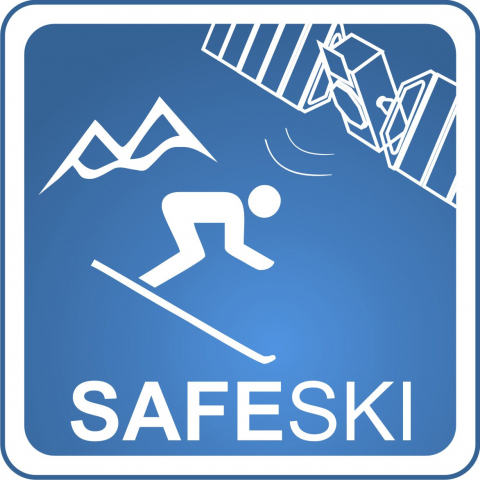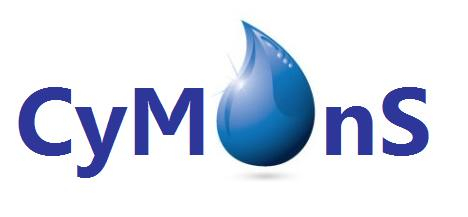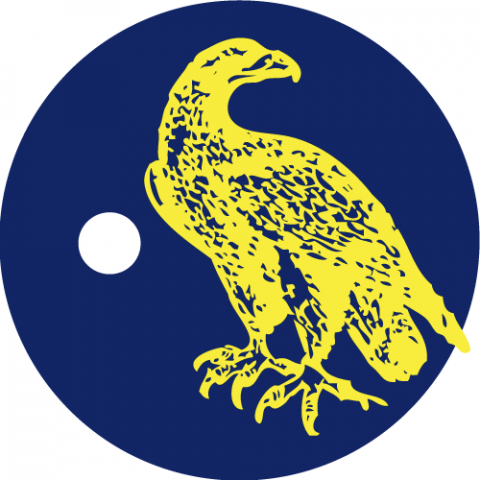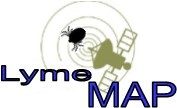Reducing the risk of bird strikes using satellite images and Ascend’s Normalised Difference Water index software (NDWI)
BROWSE PROJECTS
Based on user needs and industry skills, the evolution of customized solutions and the establishment of innovative services is accomplished through project activities. Focusing on various thematic areas, relevant information on the project activities is provided below.
SMART
Status date: 22 March 2017
SMART is a system that aims to provide a decision support service targeting the “early warning" of a disaster or critical event (specifically hydro-geological events) and to improve the "first response" intervention capability. The system has the advantage of strengthening the procedures used today by the Civil Protection to collect and manage the data "monitored" without interfering with the current practice.
STC
Status date: 15 March 2017
Space-Tech for Cycling investigates the technical feasibility and commercial viability of a bike-benefit model with associated GNSS-data analyses as a means to increase the modal share of cycling in cities. The approach rewards cycling by offering tempting benefits to the cyclists. The cyclists’ GNSS-track-data are further processed to offer a foundation for traffic planning projects, public health measures, and marketing and sales campaigns.
SafeSki FS
Status date: 17 November 2014
SafeSki is a feasibility study aimed at creating an innovative concept for user-friendly information services, which support the operators of ski resorts in the management while increasing safety, the portfolio of services offered to skiers, snowboarders, etc., and reducing operational costs.
CyMonS FS
Status date: 02 February 2015
The consortium, led by surface water quality specialist BlueLeg Monitor (BLM) from Sneek, the Netherlands, has executed a contract with the European Space Agency (ESA) under the Integrated Application Promotion (IAP) program to develop services for the monitoring of blue green algae or cyanobacteria under the project acronym CyMonS: cyanobacteria monitoring services.
SWAY4Edu
Status date: 18 January 2017
SWAY4Edu aims at developing a satellite ICT (Information Communication Technology) solution to support the three main activities of Rural Radios, Electoral eTraining, and Space4Education.
European-wide Mobility, Safety and Efficiency Management for Logistics Enterprises
Status date: 16 January 2017
The objective of this project is to improve the energy efficiency and vehicle tracking capabilities of logistics and transport service providers in Europe. For this purpose, innovative ICT and climate protection technologies have been combined with space technologies, namely earth observation and satellite navigation, to offer a cost-efficient and flexible ‘one-stop-shop’ solution helping lorry drivers to achieve an eco-friendly driving style, while allowing fleet managers to monitor actual fleet fuel consumption and CO2 emission.
Eagle Space
Status date: 11 January 2017
Eagle Space aims at the integration of space based capabilities in crisis management to support the joint combat of natural flooding and wildfire disasters. The proposed concept is based on realising a harmonised awareness of the disaster area and emergency operations between the various emergency entities in different regions with own working cultures.
SEA SEARCH
Status date: 26 January 2016
SeaSearch provides detection and identification capabilities of small vessels, agnostic to vessels’ size.
Based on the mobile phone detectors and other sensors such as radars, AIS and SAR, SeaSearch builds Maritime Situational Awareness Pictures.
Sensors are using SeaSearch own developed technology based on Software Defined Radio (SDR).
LymeMAP
Status date: 02 December 2016
Lyme Borreliosis (LB) is a rapidly growing health problem in the Highlands of Scotland. This disease, carried by ticks, is difficult to prevent because there is little information available about the risk of disease, and how to reduce it. LymeMAP integrates data from the Scottish National Lyme Borreliosis Testing Laboratory and local doctors’ surgeries with environmental data from Earth Observation satellites, to produce interactive risk maps providing information on ticks, LB and disease hot spots. For the first time in the Highlands, visitors and the local population will have access to accurate information enabling them to reduce their risk of tick bites and LB, whilst still enjoying the countryside.



